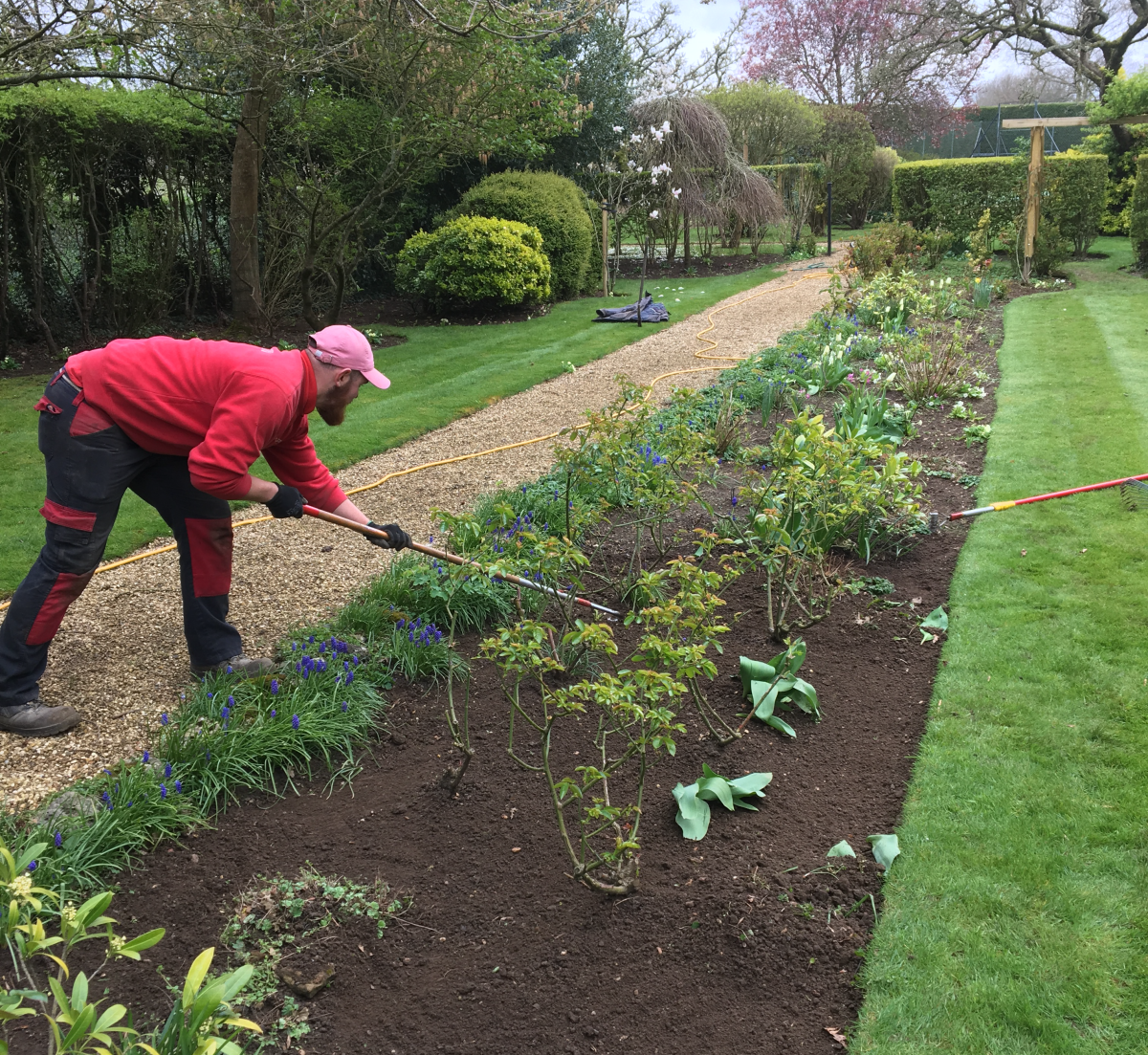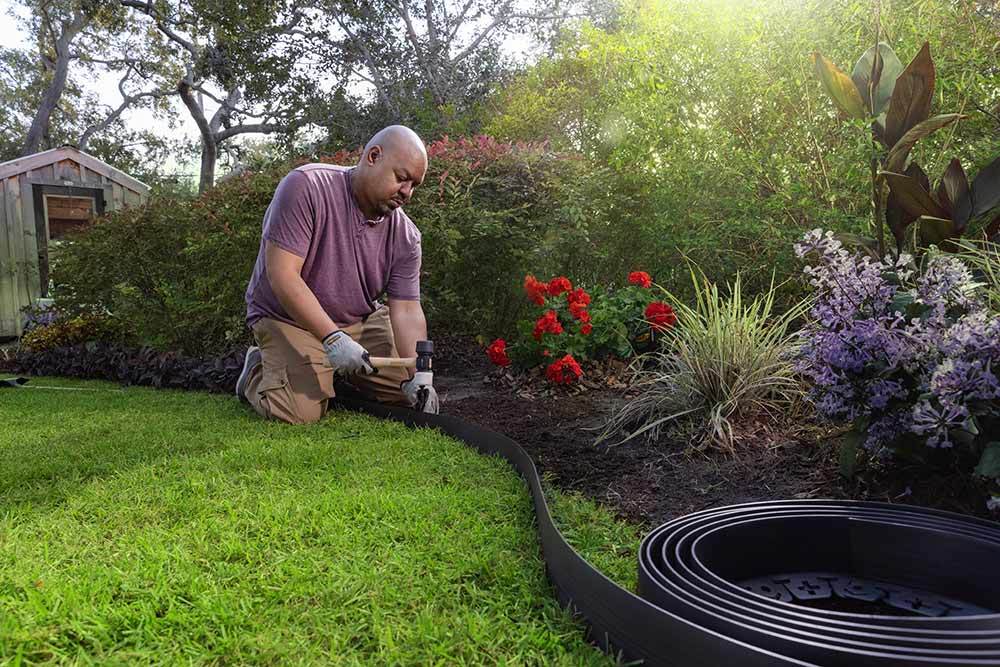All Categories
Featured
Table of Contents
- – Gardening Company South El Monte, CA
- – Pacific Green Landscape Maintenance
- – Landscape And Gardening South El Monte, CA
- – Home Gardener South El Monte, CA
- – Yard Maintenance South El Monte, CA
- – Gardening Company Near Me South El Monte, CA
- – Landscape Gardener South El Monte, CA
- – Garden Lawn Care Service South El Monte, CA
- – Pacific Green Landscape Maintenance
Gardening Company South El Monte, CA
Pacific Green Landscape Maintenance
6530 Whittier Ave Whittier, CA 90601-3919(562) 203-3567
Learn More About Pacific Green Landscape Maintenance
Ground covers and turfgrass act as unifying elements in a landscape. A unified landscape provides a positive view from every angle.
Overhead tree canopies or structures make the area feel much more constrained or smaller. The border brings the eye to a border and makes the room appear restricted.
Far-off objects appear fine-textured and gray to the eye, so utilizing grey, fine-textured plants at the landscape boundary can expand the obvious range in between the viewer and the plant. Tapering pathways or growings toward a vanishing factor can likewise develop an impression of distance. Gardening Company South El Monte. Utilizing solid shades and coarse structures in the front of a boundary aid to broaden the area
Repeating aids attract one's eye through the design. Rhythm results when components appear in a guaranteed instructions and in routine procedures.
Landscape And Gardening South El Monte, CA
Without accent, a design might be static or dull. An accent can be a yard accessory, plant specimen, a plant composition, or a water feature.
The cannas are high adequate to be a background plant in this bed. If the lantanas (seen in the foreground) were relocated to the back they would be visually lost in the design. Lucy Bradley Number 193.
Home Gardener South El Monte, CA

Leimenide, Flickr Number 194. Unbalanced elements of the tree and bench on the left cancel with lower growing begonias and a timepiece on the right to create a pleasing layout. Susan Strine Number 195. Unity is demonstrated utilizing lavender (Lavandula angustifolia) to line a course. Old_Man_Leica, Flickr Figure 196.
J Mixture (brewbooks), Flickr Figure 19-7. Rhythm is seen in this landscape by repeatedly utilizing the dome-shaped boxwood (Buxus sempervirens) and the weeping cherry (Prunus cerasus). Marcia Boyle Number 198. The silvery leaves of this blue star juniper are accented versus the autumn color of Japanese maple leaves - Gardening Company South El Monte. Kathleen Moore We customarily make use of paper or a computer system to develop a landscape plan.
People engage in the globe and are influenced by it every single time they venture outdoors. Landscapes are dynamic spacesthey are constantly altering. Plants change with the periods, grow, age, blossom, duplicate, and supply environment for other creatures and types. In a well-calculated landscape plan, the designer addresses aspects of space and modification.
Yard Maintenance South El Monte, CA
In landscape preparation, much better results and richer environments can be achieved when we understand spatial meaning and the importance of transition in between different land usages and various planes of area. The globe includes three various planes of space that impact human experience. As we take part in the globe, we are always surrounded by these three planeshorizontal, vertical, and expenses.
In the landscape, for instance, an encased area created by a dense canopy has a different sensation than an open field. One area is shaded and dark, while the various other is sunny and open. Our purpose in recognizing these differences is not to criticize them. Rather, it is to accept that these different type of spatial experiences exist.
Addressing the power structure, or order, of space and range is likewise essential. Especially, land usage can be determined by the range of a space. Roads, for example, have a specified power structure. All lanes may be a basic size (huge enough to accommodate one car), but roads are designed to accommodate a specific quantity of website traffic.
Gardening Company Near Me South El Monte, CA
A degree 2 roadway has only 3 lanes in each direction. A level three roadway has 2 lanes in each instructions, and a degree four roadway might have only a solitary road in one direction. By developing a hierarchy of land utilizes within a landscape, various landscape aspects can be properly scaled to fit various tasks and to develop various experiences.
And paths in the landscape implied for a specific experience needs to be level three (1- to 212-feet large). Room made for an individual is smaller sized than area for a little group or a huge event.
A sidewalk that is specified making use of a hardscape such as brick plainly sends a message to individuals that this surface is for strolling. If the straight ground plane is clearly specified, then people with ease understand where they need to walk and where they should not.

The reduced path is defined making use of irregular flagstone established in testings, while the top course is constructed of wood. To intuitively increase our focus, the developer has altered the products of the ground airplane.
Landscape Gardener South El Monte, CA
Envision someone relocating with the landscape and reaching the factor prior to he or she tips up to a brand-new height. Notice exactly how the tree aids to create a gateway by boosting the upright aircraft and adding an overhead plane.
This more defines the pedestrian passage. Upright airplanes produce the outdoor walls, confine the room, and offer as a backdrop to improve other components within the space.
Moving from the horizontal aircraft to the upright aircraft, the vertical aircraft is developed with the introduction of edging on either side of the course, after that with the ferns along with the vines and the block. The walls end our sightline and route our vision toward the terminus in the course and the adjustment in land consume in advance.
Garden Lawn Care Service South El Monte, CA
Pacific Green Landscape Maintenance
Address: 6530 Whittier Ave Whittier, CA 90601-3919Phone: (562) 203-3567
Email: pacificgreencompany@gmail.com
Learn More About Pacific Green Landscape Maintenance
For instance, a repeating of trees, which can be used to define both a pedestrian and a car corridor, is not a strong wall. The viewer psychologically fills out the spaces in the alle to create the feeling of entering a passage. When trees and plants are utilized one by one and repeated, activity is created (Number 1911).
Landscapers Gardeners South El Monte, CAYard Care South El Monte, CA
Commercial Gardening South El Monte, CA
Expert Gardener Website South El Monte, CA
Garden Lawn Care Service South El Monte, CA
Gardener Service South El Monte, CA
Gardener Service South El Monte, CA
Yard Service South El Monte, CA
Hire A Gardener Near Me South El Monte, CA
Expert Gardener Weed And Feed South El Monte, CA
Landscape And Gardening South El Monte, CA
Local Gardener Near Me South El Monte, CA
Lawn Gardener South El Monte, CA
Yard Maintenance South El Monte, CA
Gardener Services South El Monte, CA
Residential Gardening Services South El Monte, CA
Yard Service South El Monte, CA
Local Gardener Near Me South El Monte, CA
Local Gardener Near Me South El Monte, CA
Yard Care South El Monte, CA
Best Gardening Services Near Me South El Monte, CA
Landscaping Gardening South El Monte, CA
Yard Maintenance South El Monte, CA
Landscape Gardener South El Monte, CA
Local Gardener Near Me South El Monte, CA
Tree Planting Services South El Monte, CA
Yard Care South El Monte, CA
Gardening Company Near Me South El Monte, CA
Home Gardener South El Monte, CA
Gardener Services South El Monte, CA
Local Gardener South El Monte, CA
Home Gardener South El Monte, CA
Gardener Services South El Monte, CA
Gardening Services South El Monte, CA
Gardening Service South El Monte, CA
Lawn Gardener South El Monte, CA
Landscape Gardeners South El Monte, CA
Expert Gardener Website South El Monte, CA
Gardening Services In My Area South El Monte, CA
Home Gardener South El Monte, CA
Gardening Services South El Monte, CA
Landscape Gardener South El Monte, CA
Landscaping Gardening South El Monte, CA
Hire A Gardener Near Me South El Monte, CA
Gardening Company Near Me South El Monte, CA
Hire A Gardener Near Me South El Monte, CA
Tree Planting Services South El Monte, CA
Landscape And Gardening South El Monte, CA
Find A Gardener South El Monte, CA
Tree Planting Services South El Monte, CA
Landscape Gardener South El Monte, CA
Best Gardening Services Near Me South El Monte, CA
Yard Service South El Monte, CA
Landscape Gardeners South El Monte, CA
Gardener Service South El Monte, CA
Gardening Services South El Monte, CA
Gardener Services South El Monte, CA
Gardener Services South El Monte, CA
Gardening And Landscaping Services South El Monte, CA
Gardening Services South El Monte, CA
In My Area Top Seo Company South El Monte, CA
Find A Seo Management South El Monte, CA
Pacific Green Landscape Maintenance
Table of Contents
- – Gardening Company South El Monte, CA
- – Pacific Green Landscape Maintenance
- – Landscape And Gardening South El Monte, CA
- – Home Gardener South El Monte, CA
- – Yard Maintenance South El Monte, CA
- – Gardening Company Near Me South El Monte, CA
- – Landscape Gardener South El Monte, CA
- – Garden Lawn Care Service South El Monte, CA
- – Pacific Green Landscape Maintenance
Latest Posts
Anaheim Wheelchair Van Repair Shops Near Me
Handicap Van Repair Shop La Habra
Handicap Van Repair Shop Riverside
More
Latest Posts
Anaheim Wheelchair Van Repair Shops Near Me
Handicap Van Repair Shop La Habra
Handicap Van Repair Shop Riverside